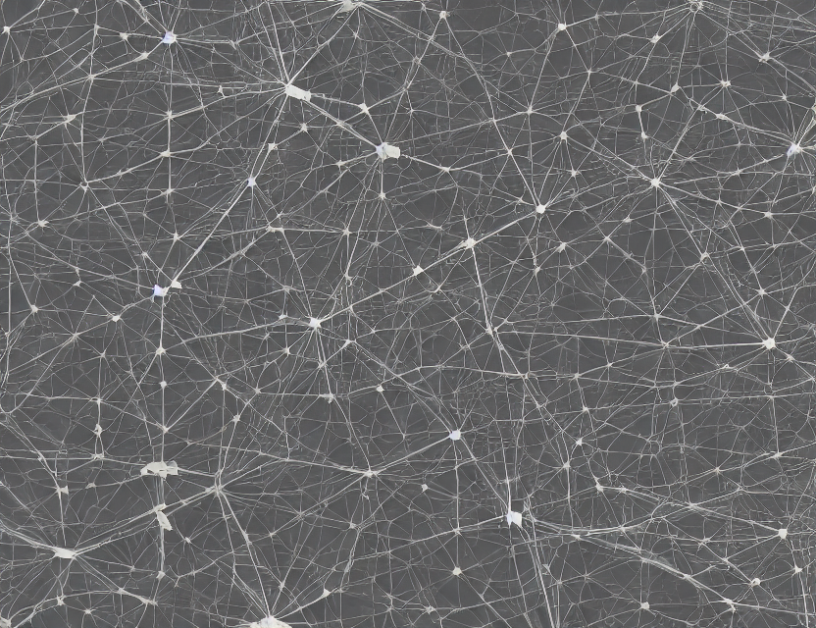Deep learning models like Convolutional Neural Networks (CNNs) are ubiquitous in modern AI, but their complexity makes them difficult to understand. This guide aims to demystify these models and explain how they work.
Section 1: The Myth of Model Interpretability
Interpretability is crucial in high-criticality fields like medicine, where model decisions can have serious consequences. However, CNNs are often labeled as "black boxes" due to their complex structure and the features they use for predictions. This section discusses the challenges of interpreting deep learning models and why it’s important to develop trustworthy explanations of their decisions.
Section 2: Attention is the Key to Interpretability
Attention mechanisms in CNNs help identify important regions of an image, making them more interpretable. Visualizing attention maps can provide insights into how the model works and why it makes certain predictions. This section explores attention mechanisms and their role in improving interpretability.
Section 3: Saliency Maps – A Simple yet Powerful Tool for Explaining CNNs
Saliency maps are a simple yet powerful tool for understanding CNNs. They highlight the regions of an image that contribute most to the model’s predictions, providing insight into how the model works. This section discusses various saliency methods and their strengths and weaknesses.
Section 4: Efficient Evaluation Strategies for Attribution Methods
Evaluating attribution methods is crucial in developing trustworthy explanations of CNNs. This section discusses efficient evaluation strategies for assessing the reliability of saliency maps and other attribution methods.
Conclusion
In conclusion, interpreting deep learning models like CNNs is essential in high-criticality fields to avoid potential harm from incorrect predictions. Attention mechanisms, saliency maps, and efficient evaluation strategies can help demystify these models and provide insights into their workings. By understanding how these models make decisions, we can improve their trustworthiness and develop more reliable AI systems.



